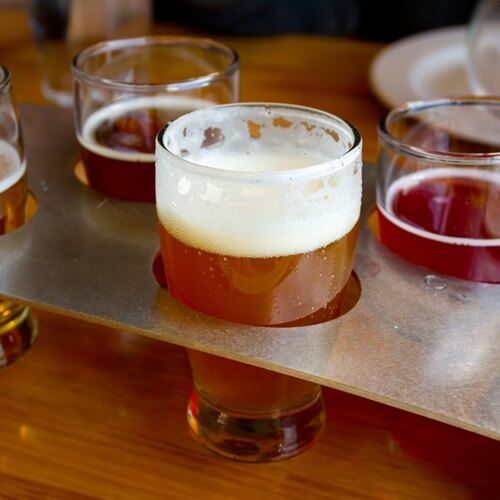The Best Beers of Summer
The onset of summer means it’s getting a little too hot to fully enjoy porters and stouts. (For some of us anyway.) Though microbrewers seem to be extending the seasons of some of their winter favorites, summer is generally a time to do away with dark and heavy beers and look toward the light. This means a rise in sours, IPAs, saisons (French for season), lagers and pilsners. The reason for the seasonal change in beer is simple – summertime requires beer that is more drinkable and thirst quenching. These pseudo-seasonal beers also tend to be great for cooking summer dishes and complement a wide array of picnic food. Learn more about pairing food and beer by taking online culinary courses.
The rise of session beer
The old myth goes that session beer got its name during World War I, as workers needed something they could drink in high volume during their work breaks without returning to the job inebriated. This is often referred to as a drinking session. These beers have seen a resurgence because they allow brewers and beer advocates to sample many varieties of beer without the consequence of over intoxication. A good session IPA or farmhouse ale will keep your thirst quenched during a long day at the beach or outing in the park, without the mind-numbing hangover.
The comeback of lagers
All beers are distinguished as either lagers or ales. Though many beer drinkers probably don’t quibble much over this distinction, for brewers, creating lagers and ales are entirely different processes. The variety of yeast is the main component that makes these two styles of beer different. Ale yeast ferments at the top of a batch of beer and requires a warm environment, while lager yeast ferments at the bottom and needs cool conditions. What it comes down to for most brewers is that a lager takes a much longer time to brew. While some ales can be brewed in a week, lagers can take several months. For a long time, the difference in brewing time encouraged small breweries to opt for ales.
Lagers have been regaining popularity due to their crisp flavor, low alcohol content (sometimes) and drinkability. They are best served at colder temperatures and generally have a smoother quality, making them the perfect beers for hot summer days.


